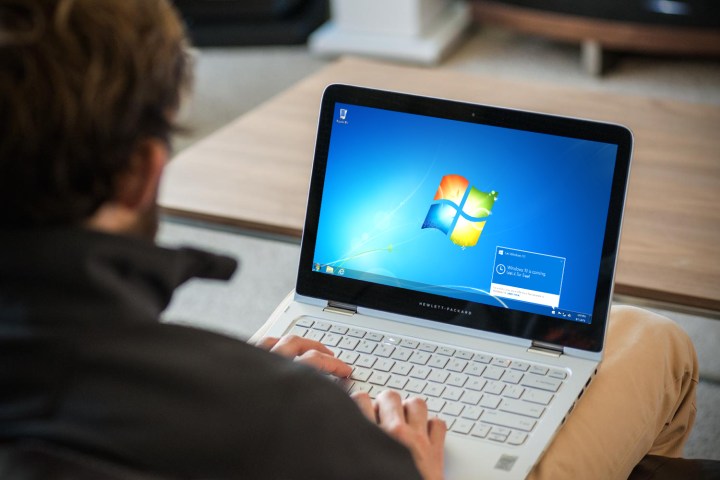
From the user’s perspective, the biggest change being brought about by the Universal Update Platform is a reduction in download size for build updates. Microsoft has been able to considerably slim down the size of update installation packages by implementing a technique known as differential downloads.
Differential downloads allow the user to download only the changes that have been made since the last update, rather than the entire build. Files that are currently installed as part of the operating system are reused either as is, or with binary deltas or diffs applied to create newer versions.
Users can apparently expect to see the download size of a major Windows 10 update being reduced by as much as 25 percent, according to Microsoft’s announcement post on the Windows blog. However, it’s noted that since Insider builds are much more frequent than standard builds, the difference might not be as noticeable as it will be for retail users.
Microsoft plans to roll out the Universal Update Platform to all Windows 10 users alongside the Creators Update. The company has been talking up the Creators Update since it was unveiled at a showy event in October 2016, and it’s finally set to be distributed to users sometime next month.
From the earliest days of Windows 10, Microsoft has made no secret of its ambition to use the new version of its flagship operating system to simplify the update process. The Unified Update Platform seems to be a step in the right direction, and hopefully its lengthy testing process will ensure that it’s capable of yielding positive results.
Editors' Recommendations
- Windows 11 vs. Windows 10: finally time to upgrade?
- Microsoft may fix the most frustrating thing about Windows updates
- The latest Windows Update is reportedly causing Starfield problems
- ChatGPT can now generate working Windows 11 keys for free
- If your PC is running slowly, the latest Windows 11 update may be to blame


